Judgemental Much ? Walden's Scops Owl
First Time Owling With The Walden's Scops Owl
BIRDS
Aniruddha Bhattacharya
12/14/20243 min read
South Andaman
I just spent a few days in South Andaman and Man ! The place is a goldmine if you’re after bio diversity. That’s the thing with islands. The ground split and over time, the creatures evolved. In fact, if you Wikipedia it, you’ll see how there are different sub species of creatures in the Andaman and Nicobar Islands endemic to that particular island’s region. I have to commend the Government on keeping this part of our country reserved mostly and the people there for their cleanliness and respect for nature. Fingers crossed that things stay this way especially around Sri Vijaya Puram. I was there with my friend and guide, Mani who made sure that we went owling (the good kind) which was something I had never done. Night photography with birds isn’t something that I’d ever even considered before this and I have to say that it was an awesome experience.
The first guy we ran into was this one, (Pics : 1-4 & 7-11) The Walden's Scops Owl. These guys are endemic to Andaman and a sub species of the Oriental Scops Owl. I jammed my settings at around the settings I use for mammals at night to be safe. That’s 10000 ISO and 1/50 Shutter. I figured there was no way I’d catch a flying one at night anyway so and it worked out ok I think as long as I was directing the light while I set up variations through the viewfinder. Too much light causes reflection and if you offset it on cam, your shutter may go too slow for subtle movement. Masking and redirecting the light is my preferred way of control if possible. Stupid AI usually makes the f meter blink but the mirrorless's viewfinder is a screen and I trust my eyes over AI any day as of now. Exposure was also the last thing to worry about given that I was shooting RAW and we didn't want to scare the subject off by over doing the lighting. Add to that, under exposure can bring out things like my guy's scary side and yellow eyes in Pic 1. Now, I’d say owls, being the brave observers they are, are easier at night than skittish Leopards. My guy here, well, mostly stared me down and it was the most judgemental look I’ve been given in my life till date, I kid you not. Look at the photos. We followed him around a few branches and he never backed off nor looked away. I learnt soon that all owls aren’t like my guy here and in fact he was pretty much the exception when it came to holding his ground. We chanced upon a second owl of the same kind that same very night after about an hour later (Pics : 5, 6 & 12). This one had his wings pulled over and just refused to budge, period. Gave me a better perspective on what they look like with the wings on but honestly, he just didn't care enough for us to even change perches.
Scops Owls get their names from ancient Greek and it translates to, little eared owl. Our kind here, calls different to his Oriental cousin and is known to be out hunting after sundown and right before sunrise. They are primarily solitary birds but when they do pair up, it’s monogamous with both parents taking care of the young. They nest and incubate in cavities and the male feeds the female during the incubation period. The young of most scops owls need a lot of care from the parents before setting off on their own.
This guy started me off on a new thing to do when Im out in the wild and I’m definitely going to use what I learnt in my time in South Andaman elsewhere. In all, I was able to photograph five species of owls which was all the ones found there thanks to Mani and his sister who knew what they were doing so well and had the sense and ethics to never hit up the same spot on consecutive nights. They love doing this and know other spots so as to not disturb the animals daily.
Now I just have to get through all the pictures I scored there and see what material I actually have. What Fun !
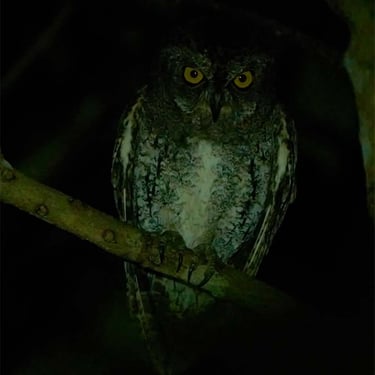
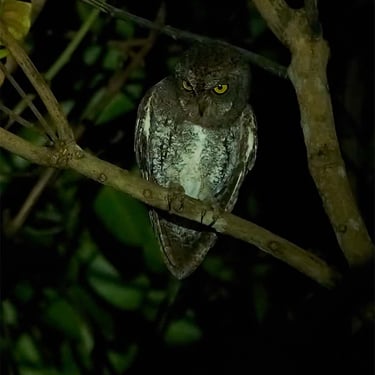
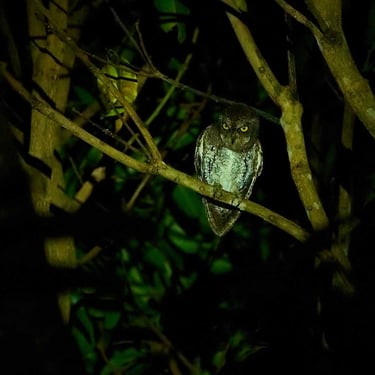
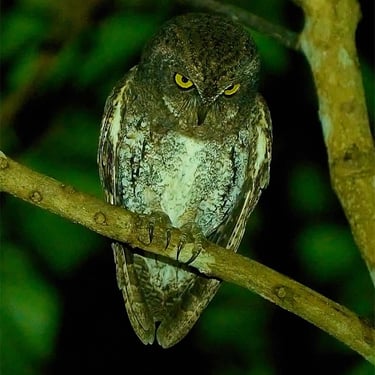
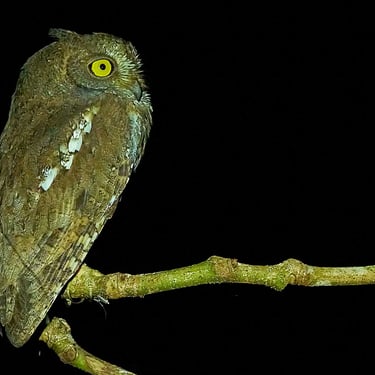
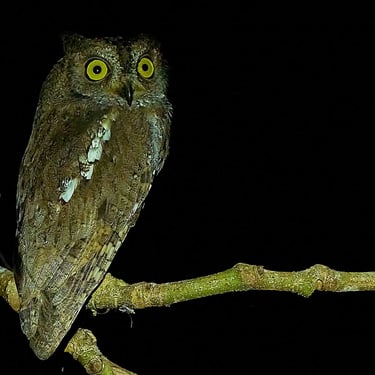
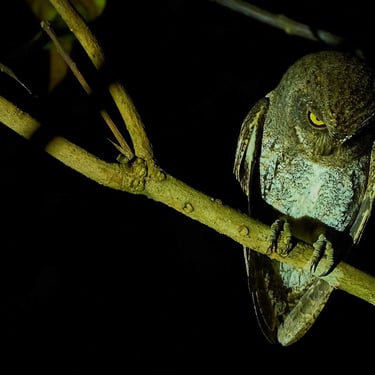
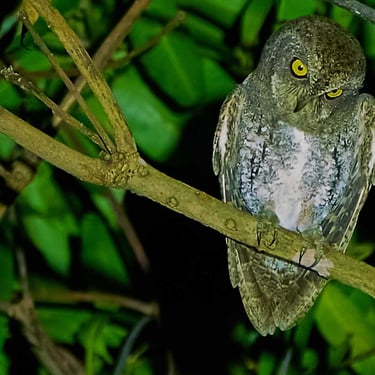
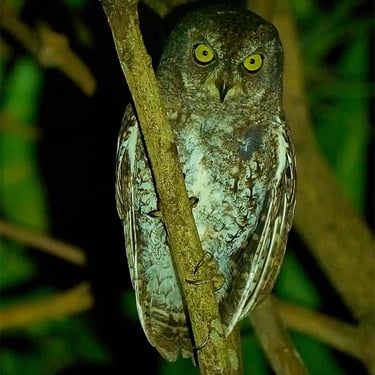
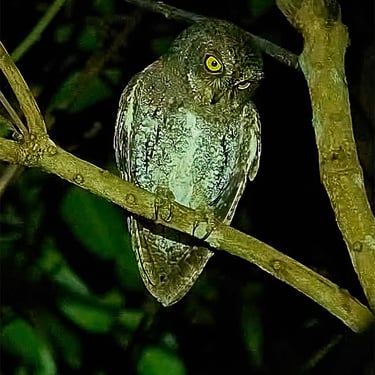
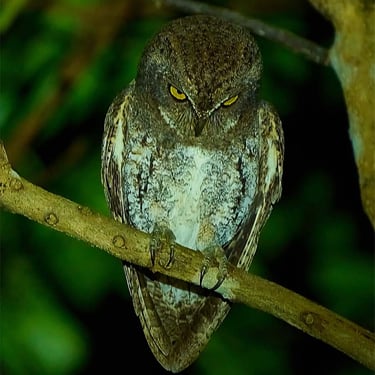
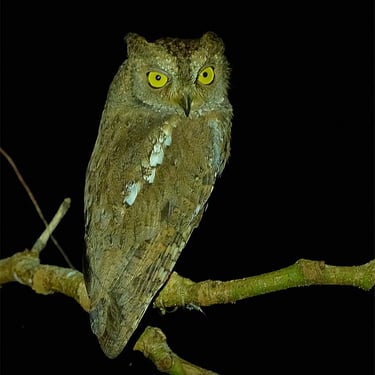
© 2025. All rights reserved.
